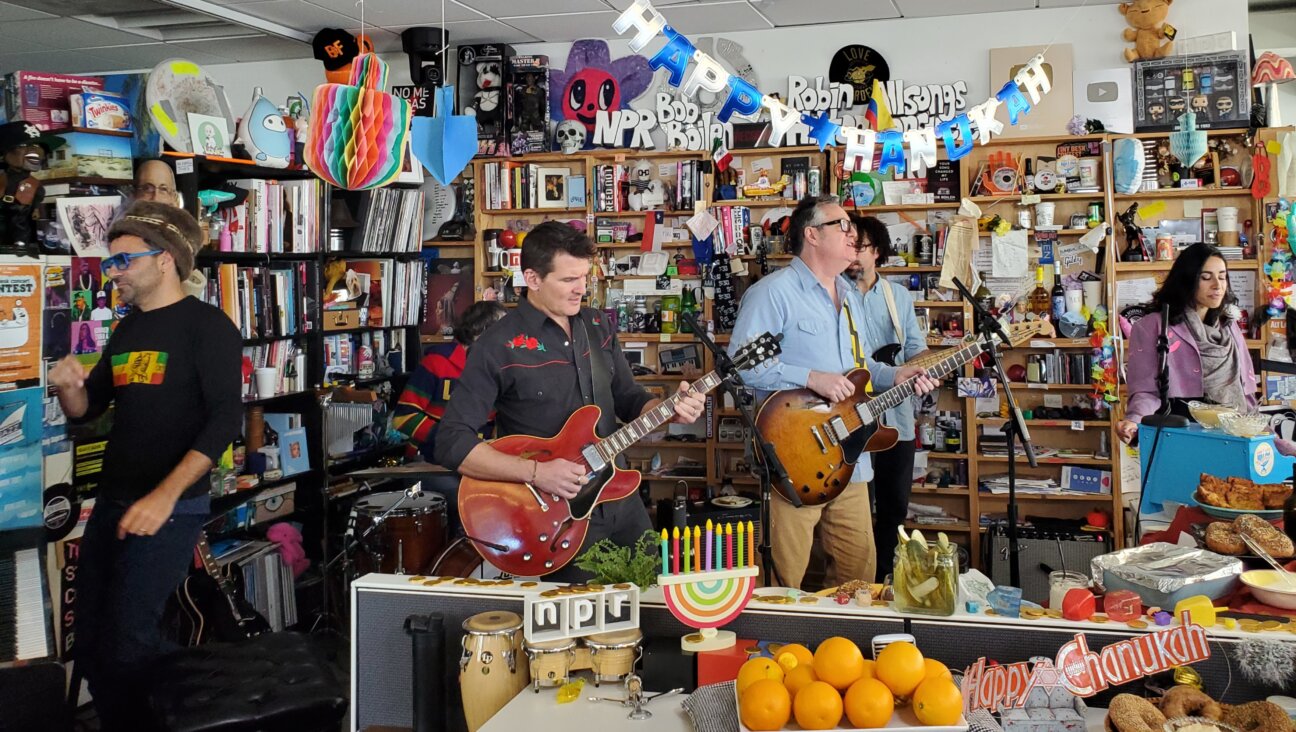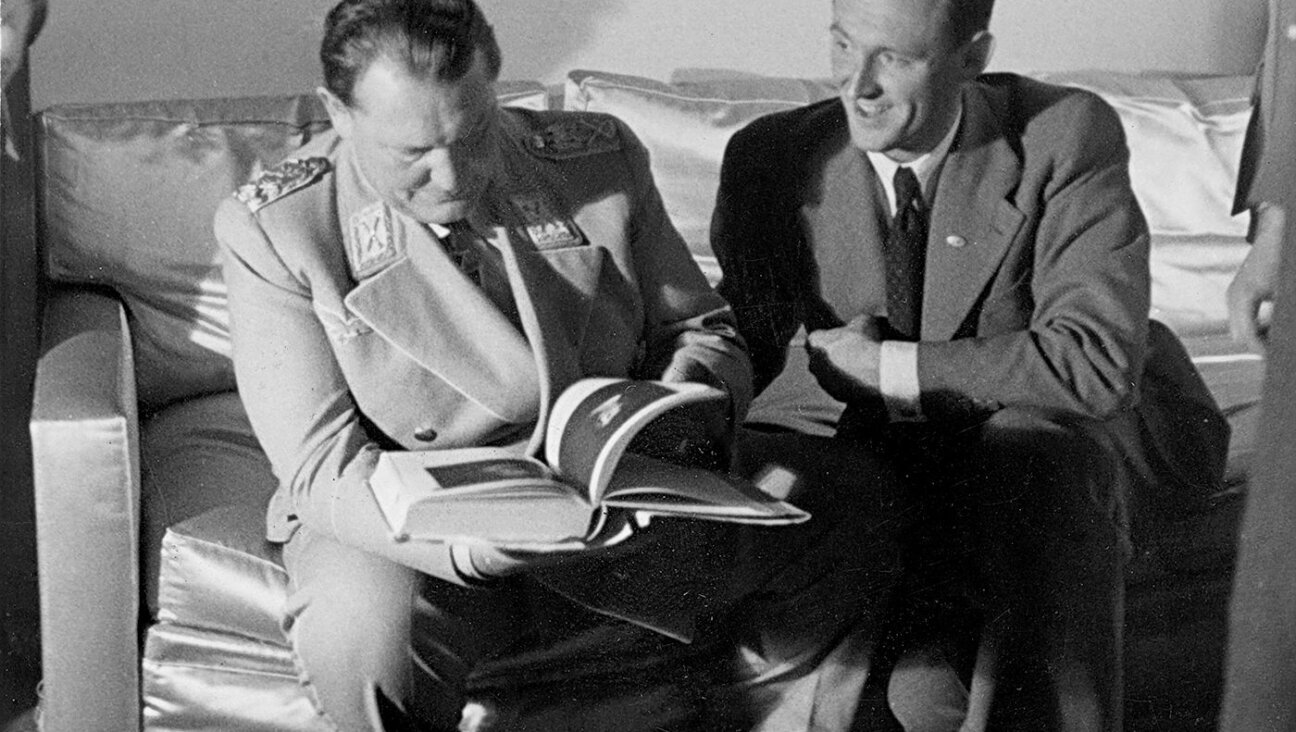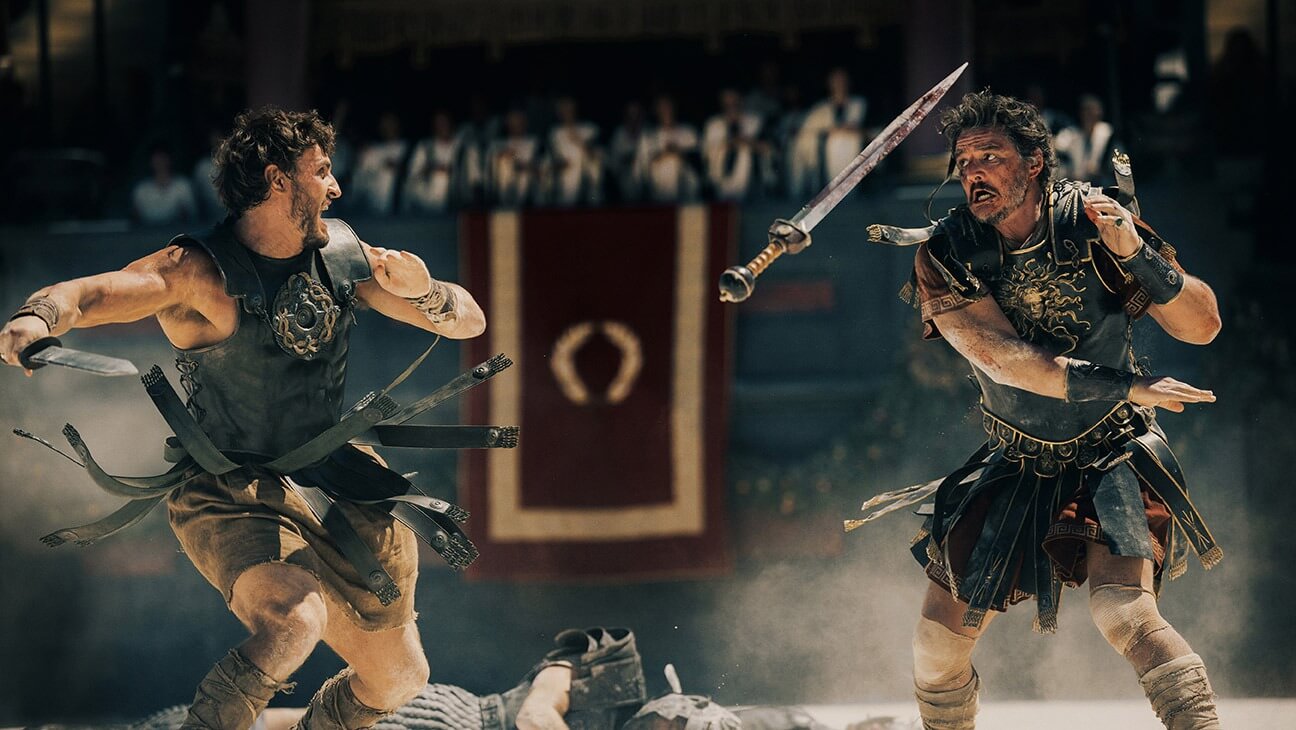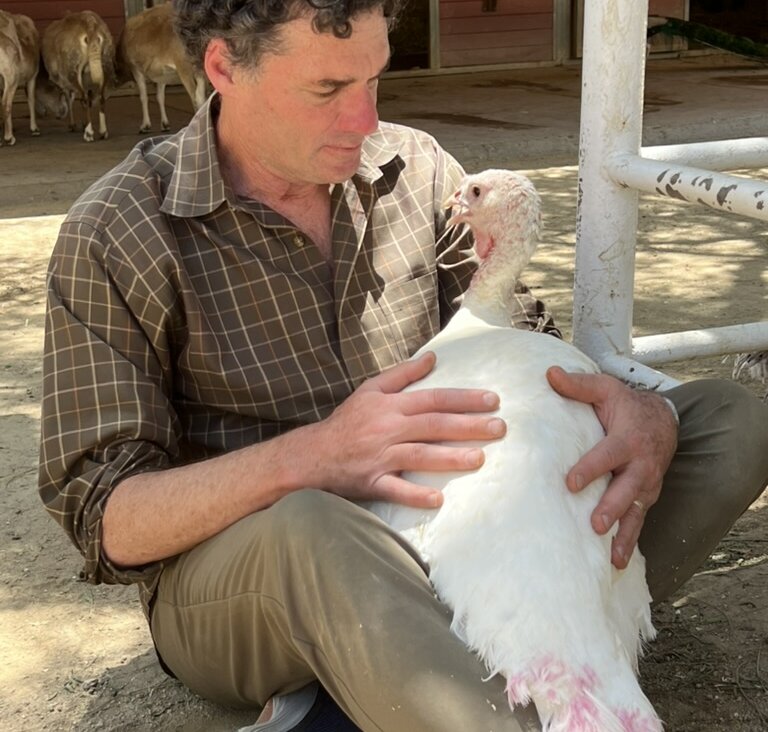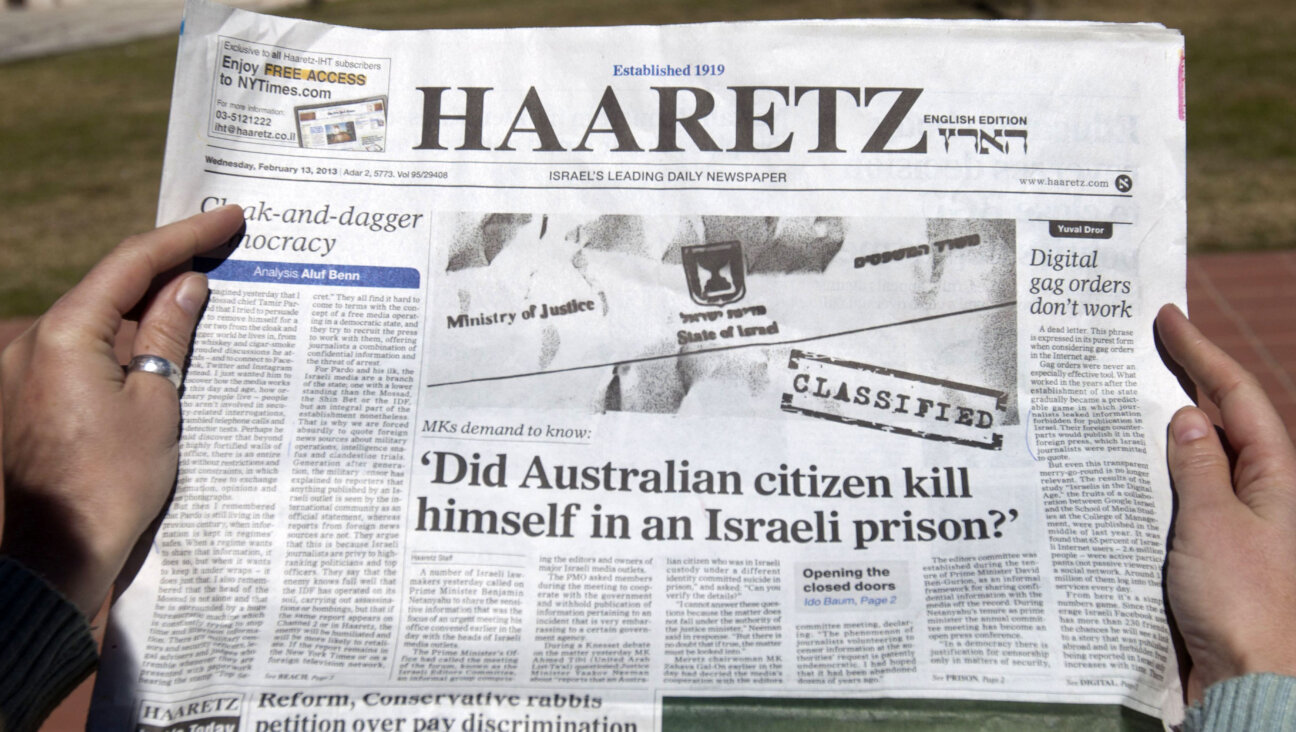A Stroll Down Memory Lane

WALK THIS WAY: A walking tour of New York?s Greenwich Village, circa 1956.
The past, it’s been said, is a foreign country whose sensibility and texture all too often elude the contemporary imagination. But for those of us willing to give history a try, there are any number of ways to embrace its pleasures and attend to its cautions. We can read about it, page through photo albums and scrapbooks, talk to our grandparents, enroll in a course or two and even go to the movies, where wide screens and surging soundtracks bring the past to life. We also can encounter history in the flesh, so to speak, by visiting such historic sites as Strawbery Banke in New Hampshire, and Virginia’s Colonial Williamsburg, or, more commonly still, by talking a walking tour.

WALK THIS WAY: A walking tour of New York?s Greenwich Village, circa 1956.
The opportunity to walk in the tread of history became a popular pursuit in the late 1960s, especially when it came to promoting a heroic American Jewish narrative whose locus was Manhattan’s Lower East Side. Labeled by The New York Times as America’s “great ghetto,” that one square mile of densely packed tenements was home to the largest American Jewish immigrant community, certainly its most lavishly, even sentimentally, remembered one. It was also a neighborhood from which most Jewish immigrants, given the opportunity, eagerly fled.
Attempts to persuade former residents to return to the Lower East Side, if only for an afternoon, began in earnest during the 1930s and ’40s when the East Side Chamber of Commerce sought to reverse the neighborhood’s declining fortunes by “putting a white collar” on its gritty streets. Transforming a former slum into a consumer’s paradise, this organization of local shopkeepers, property owners and restaurateurs promised would-be visitors that on the Lower East Side, they could “shop with less tension and more attention,” while enjoying a “good, old-fashioned East Side meal.”
By the late 1960s, though, it was not shopping or dining out so much as history that brought visitors downtown. A new generation of American Jewish activists sought to draw American Jewry’s attention to the fading vestiges of a once vibrant, if complex, Jewish community. Some lobbied for and raised money toward the preservation of the neighborhood’s synagogues; others organized tours or what, in some quarters, soon became known as “pilgrimages.” Meanwhile, for those inclined to go it alone, “The Jewish Catalog,” the immensely popular, latter-day guidebook to Jewish life, offered nine pages of helpful hints on what to do, what to see and how to get there.
Armed with maps and guidebooks and all manner of suggestions, you would think that making your way through the streets of the Lower East Side would be easy and effortlessly rewarding. Yet the hard truth of the matter is that a walking tour is tricky business, as I discovered the other day when I led a tour of my own. For starters, there are many external forces to contend with, like the weather. It’s hard to wax lyrical about the past, to get your fellow travelers to focus on the fading remnant of a sign af Yiddish, or to cast their eyes on a weathered door with an incised Jewish star, when rain pours down on your head, your feet are immersed in a puddle of water and your only thoughts are of shelter and a warming cup of coffee.
Meteorology isn’t the only source of competition. A century of change puts a different spin on things, forcing one’s imagination to work overtime. As we huddled under the leafy bowers that now adorn Seward Park, we found it mighty difficult to conjure up a time when the Lower East Side was bereft of greenery; clustered in front of the now boarded up, somewhat adrift-looking S. Jarmulowsky’s Bank, once the grandest structure in all the land (or at least downtown), we were hard-pressed to envision its former grandeur.
But the greatest challenge we faced was that the Lower East Side, these days, is a living, breathing neighborhood with an integrity all its own. Today, the Lower East Side is no sanitized, reconstructed theme park or shrine to the past. It’s home to a robust community of latter-day Jews as well as thousands upon thousands of Chinese immigrants. Artists, too, now lay claim to Chrystie, Forsyth, Ludlow and Rivington Streets, as do well-financed hipsters whose appetite for good eating and easy livin’ has transformed many a rookery into a sleek and snappy eatery. In a stunning metamorphosis, gritty has now become colorful and chic; the area’s narrow, cramped streets beckon, welcomingly.
As we traversed the neighborhood from East Broadway to East Houston, it became increasingly clear to me and, I suspect, to my companions that the realities of history were no match for the realities of the present. Designed to be an exercise in affirmation, the walking tour left us wondering whether history has simply, and inexorably, lost out to sociology. Is there a place for history in the modern metropolis? Or has the sheer vitality of the urban landscape made the past irrelevant and its pursuit quixotic, perhaps even foolish?
I wish I knew. Still, I haven’t given up the ghost quite yet: Later this month, I’ll be back on the Lower East Side, with another group in tow, eager for a firsthand encounter with what once was
A message from our CEO & publisher Rachel Fishman Feddersen

I hope you appreciated this article. Before you go, I’d like to ask you to please support the Forward’s award-winning, nonprofit journalism during this critical time.
We’ve set a goal to raise $260,000 by December 31. That’s an ambitious goal, but one that will give us the resources we need to invest in the high quality news, opinion, analysis and cultural coverage that isn’t available anywhere else.
If you feel inspired to make an impact, now is the time to give something back. Join us as a member at your most generous level.
— Rachel Fishman Feddersen, Publisher and CEO







